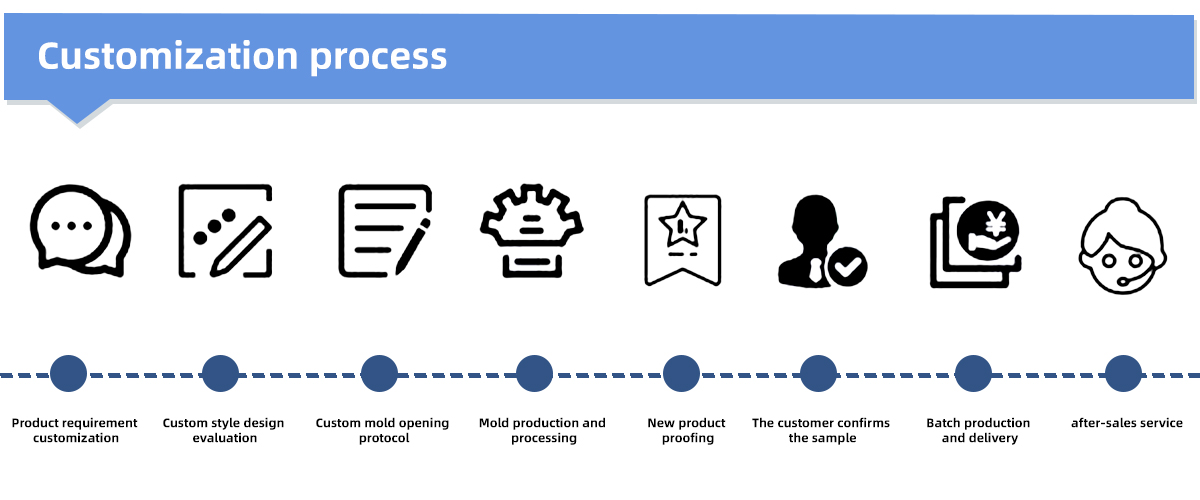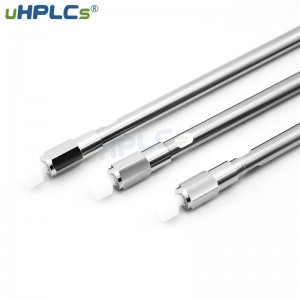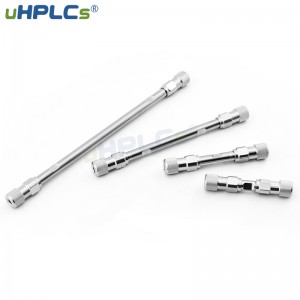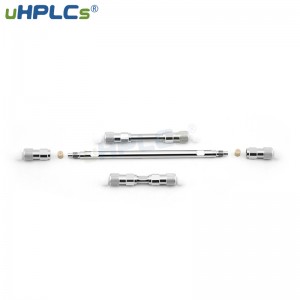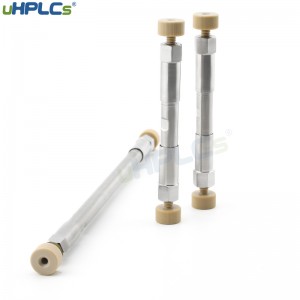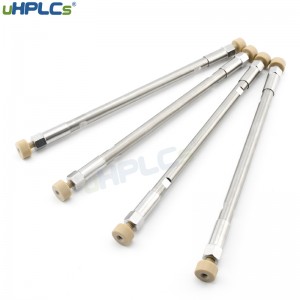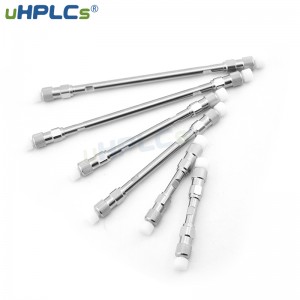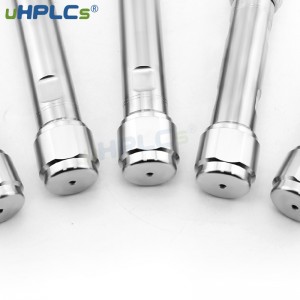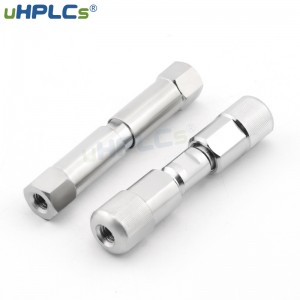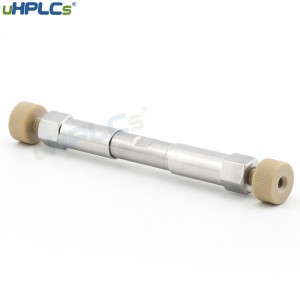Cyano Column, Reversed Phase Column CN Columns 3.0x30mm
- Medium polarity cyano group, can be used in both positive and negative phases.
- The hydrophobicity is relatively low in the stationary phase of reversed-phase chromatography and shows a different selectivity from that of C18 due to the π-electron interaction of the cyanide group.
- Suitable for separation of components that have been separated for too long on C18, and suitable for the occasion where is very difficult to optimize the chromatogram on C18.
- When very hydrophobic compounds cannot be eluted using standard C18 and C8 reversed-phase columns, the most polarized inverting column can be a cyanide column.
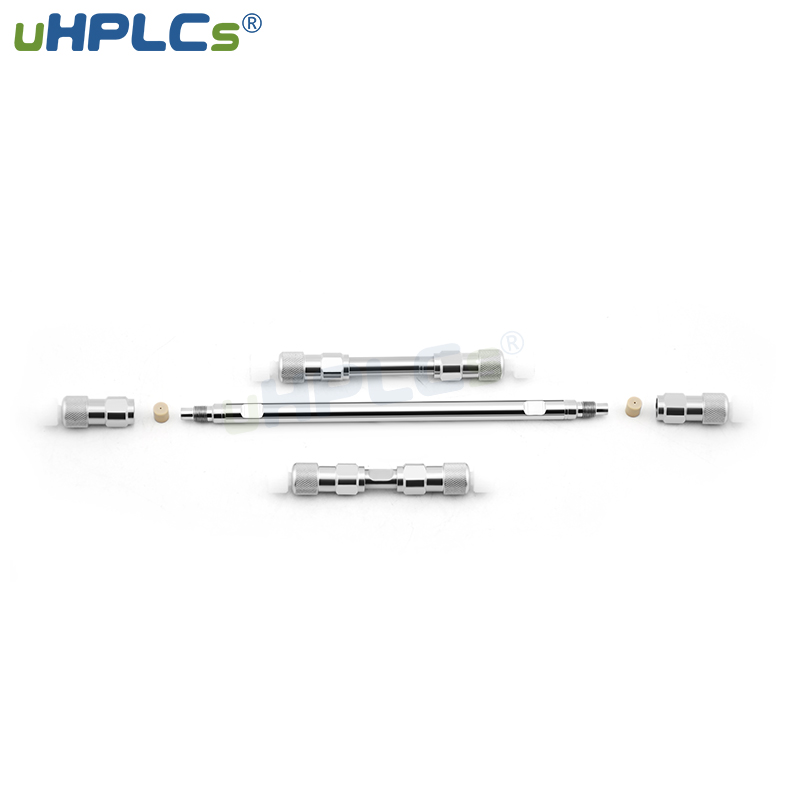
USHA CN Columns available for both normal and reversed phase separation modes
The neutral cyanopropyl functional group is chemically bonded to the stationary phase of uHPLCs CN, so it can be used in both normal phase and reversed phase separation modes. When using low-polarity mobile phases such as n-hexane, it is the normal phase separation mode; when using high-polarity mobile phases such as methanol and water, it is the reversed-phase separation mode. As a reversed-phase packing, it is less hydrophobic and shows a selectivity different from ODS through the π electrons derived from the cyano group. It is effective for some cases where the retention time on ODS is too long and it is desired to shorten the analysis time and optimize the separation difficulty.
Cyano Column, Reversed Phase Column CN Columns 3.0x30mm
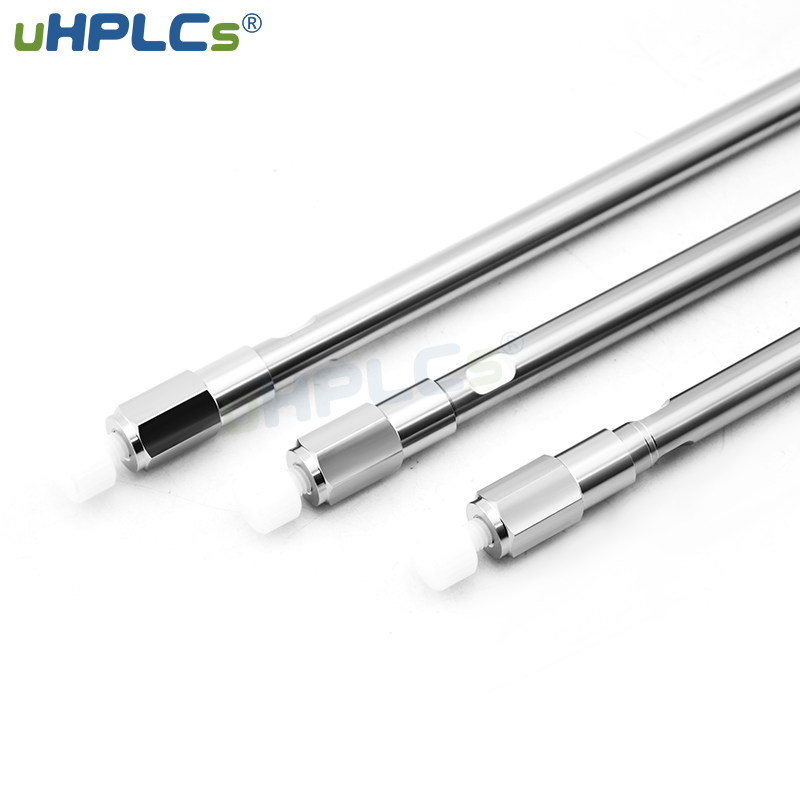
FAQ
1. How should the CN based column be maintained? For example, what mobile phase should be used to flush the column after the experiment, what solvent should be used for short-term storage, and what solvent should be used for long-term storage, etc.
- CN can be used as a normal phase column or a reverse phase column. Except for the special requirements for storing solvents, other maintenance methods are not much different from normal-phase and reverse-phase columns.
2. The CN column needs to be stored at a low temperature, but it should not be too low to freeze the stationary phase. How to control this temperature? How to judge whether the stationary phase is frozen? What will happen after the stationary phase is frozen?
- The so-called low-temperature storage means putting it in a cool place or in the refrigerator’s cold room. As long as the storage liquid is not pure water, its freezing point is relatively low, and the freezing point of pure methanol is below minus 90 degrees.
3. ①What does “water phase” refer to? Pure water? ②The CN based column in our laboratory is stored in 40% acetonitrile. Does this have any adverse consequences?
- The water phase is pure water. The CN group is not suitable for storage in medium-polar solvents. In addition to low-temperature storage in highly polar pure water, it can also be stored in non-polar solvents such as n-hexane. 40% acetonitrile-water is a medium polar solvent, short-term overnight storage may not be a big problem, but long-term storage is not so good, the consequence is that the column bed may collapse.
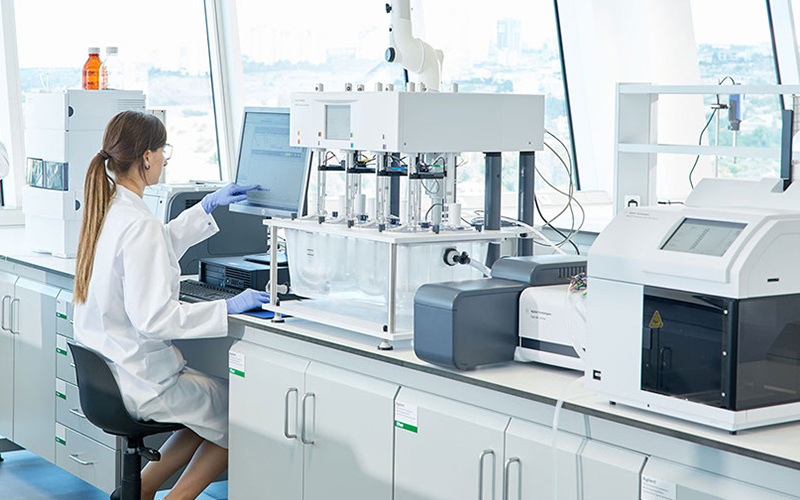
uHPLCs special services:
1. All columns will be tested before delivery and a column efficiency report will be provided.
2. Column loading service is available.